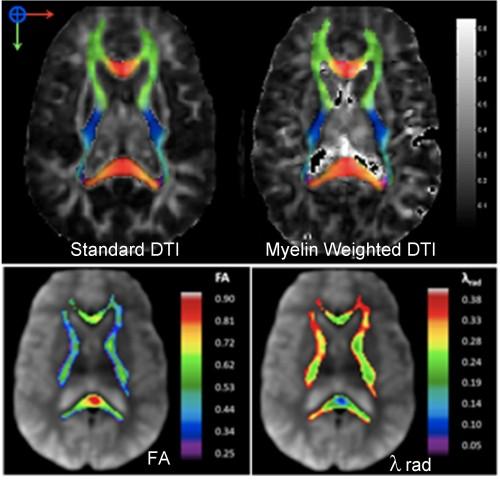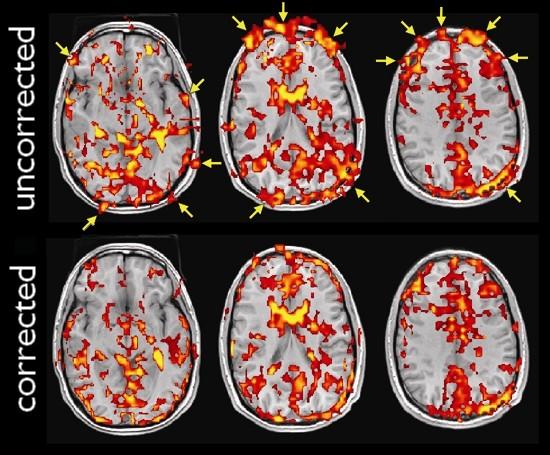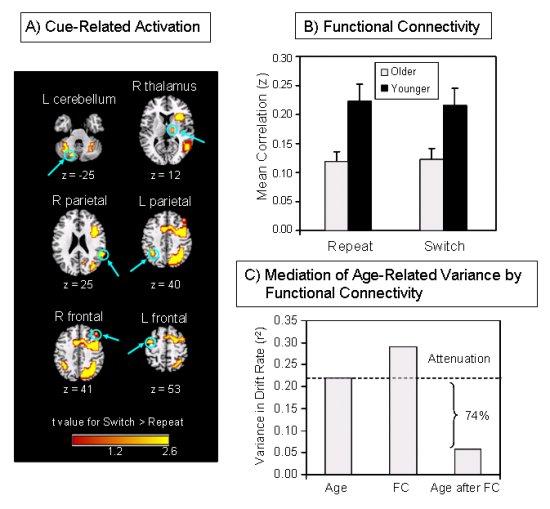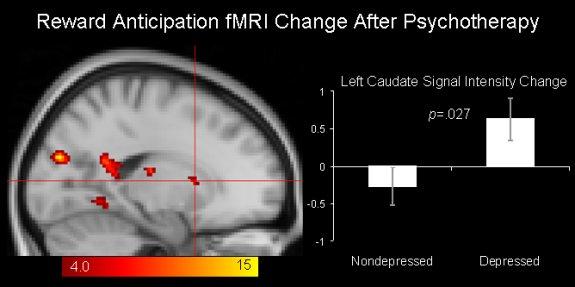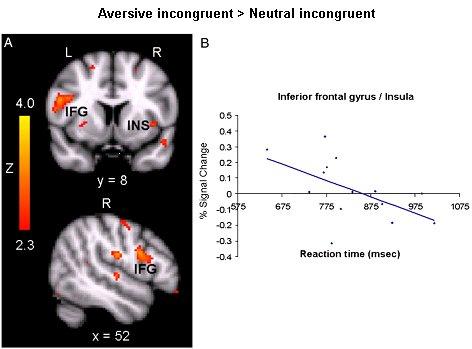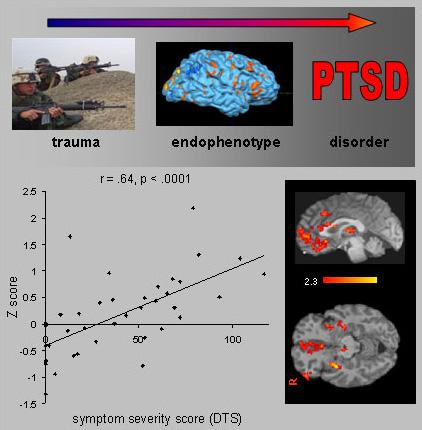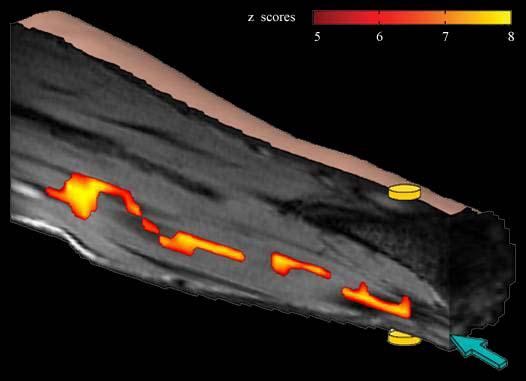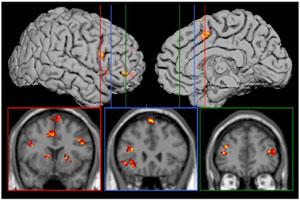Functional Magnetic Resonance Imaging, 3rd Edition
BIAC faculty Huettel, Song, and McCarthy publish the 3rd edition of their popular textbook on "Functional Magnetic Resonance Imaging," providing an updated, comprehensive, and accessible overview to all aspects of fMRI.
Myelin Water Weighted Diffusion Tensor Imaging
Recent work from BIAC researchers Alex Avram, Arnaud Guidon and Allen Song showed progress toward achieving a tissue-specific, in particular, myelin-specific diffusion tensor imaging (DTI).
Inherent and Dynamic Deblurring for Spiral Imaging
BIAC researchers have developed a novel method that can inherently and dynamically correct for blurring artifacts in spiral imaging.
Task-Related Functional Connectivity
BIAC faculty David Madden and colleagues used functional magnetic resonance imaging (fMRI), and diffusion tensor imaging (DTI), to examine adult age differences in task switching across adjacent trials (i.e., local task switching).
Effects on Brain Function of Psychotherapy for Depression
BIAC researchers use fMRI to understand the effects on brain function of psychotherapy for depression.
Emotional Priming Effects on Executive Function
BIAC researchers used fMRI to examine the effects of emotional priming on executive processing during a number Stroop task. During trials with less executive requirements (congruent), there was a greater aversive emotional attenuation effect in a network of regions including the inferior frontal gyrus, insula and cingulate gyrus.
Cognitive and Affective Processing in PTSD
Interrelated executive and emotional processing systems of the brain are differentially affected by PTSD symptomatology in recently deployed war veterans from Iraq and Afghanistan.
Direct Imaging of Neuroelectric Activity In Vivo
BIAC researchers have developed an MRI technique that uses oscillating magnetic field gradients to significantly amplify and detect the Lorentz effect induced by neuroelectric activity.
Pattern Recognition
BIAC researchers have discovered that particular regions of the prefrontal cortex detect patterns in the sensory environment, even when those patterns occur within random sequences.
Virtual Reality
BIAC is using immersive environment technologies to assess the connections between attention, motor planning, motor execution, and sensory input.


